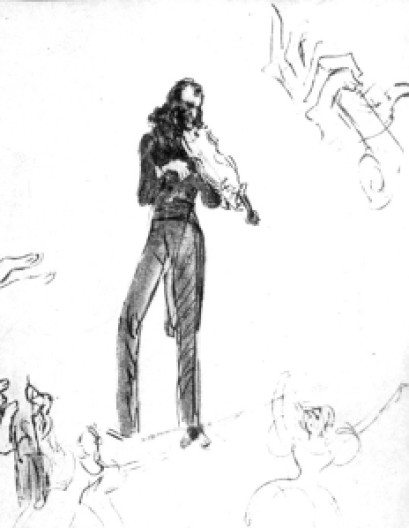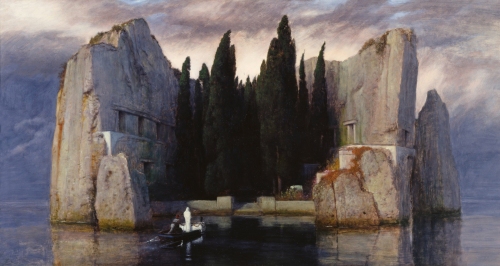
Although the place of Ŝelkunčik (Nutcracker) in the hearts of today’s audiences is secure, its genesis hardly seemed auspicious.
Čajkovskij repeatedly sought to abandon work on the project, and complained bitterly about it to the Director of Imperial Theaters; the reasons why he begged to be released from it, or why he ultimately persevered, remain unknown.
The problems probably involved the libretto, which the fastidious composer may well have found vexing. Parts of it lack any rationale, the balance of mime and dance is lopsided, and the overall arc of the story is incoherent, with several essential plot elements entirely missing.
These issues can be resolved by rendering most of the ballet as Drosselmayer’s thoughts rather than Clara’s dream. One can easily imagine the composer taking delight in this solution.
This according to “On meaning in Nutcracker” by Roland John Wiley (Dance research III/1 (fall 1984) 3–28; RILM Abstracts of Music Literature 1984-12142).
Today is the 130th anniversary of Nutcracker‘s premiere!
Below, part I of Mark Morris’s approach, which he called The hard nut.











